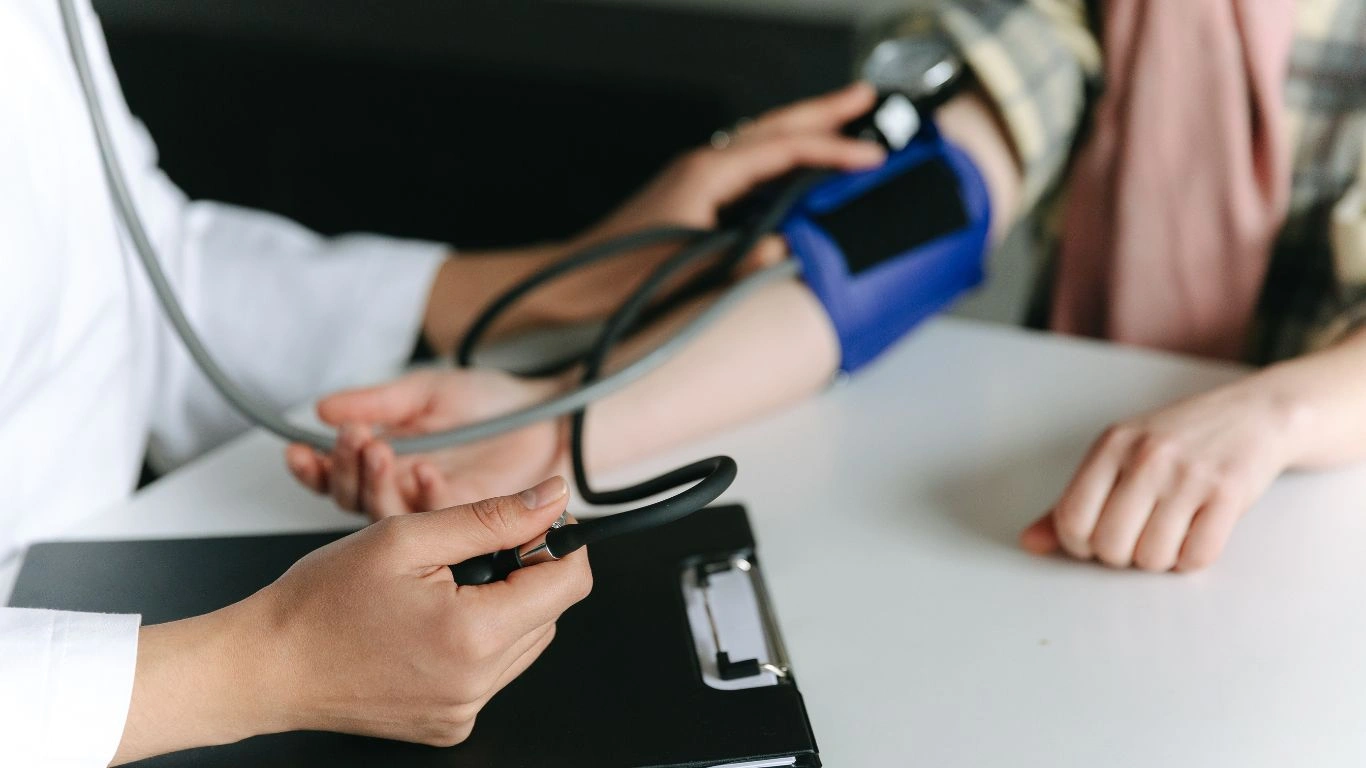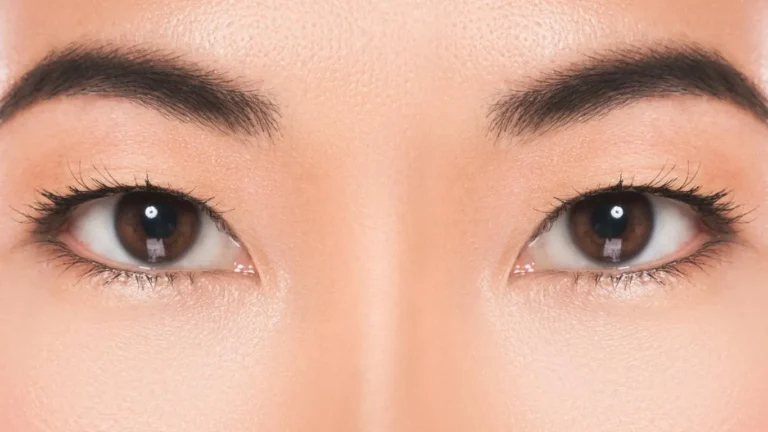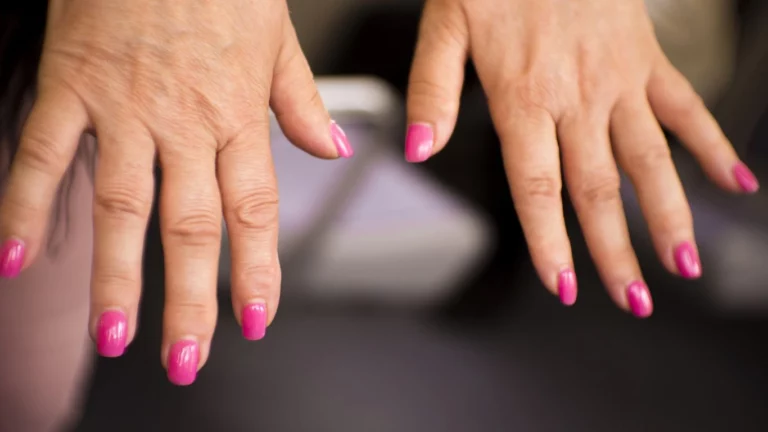The Impact of High-Sodium Diets on Young Adults: Health Risks, Prevention & Tips ⚠️
Hey there! So, let’s talk about something that might sound a little boring at first—sodium. You know, the stuff in salt. But before you roll your eyes and scroll away, hear me out! High-sodium diets are a huge deal, especially for young adults, and you might be eating way more than you think. Whether it’s those grab-and-go snacks or the extra salty fast food meal, the sodium intake might be creeping up without you even noticing. 😳
In this article, we’ll break it down—what high sodium does to your body, why it’s a problem for people like you and me, and some real tips on how to cut back without feeling like you’re giving up your favorite foods. Ready? Let’s dive in!
So, What’s the Big Deal with Sodium Anyway?
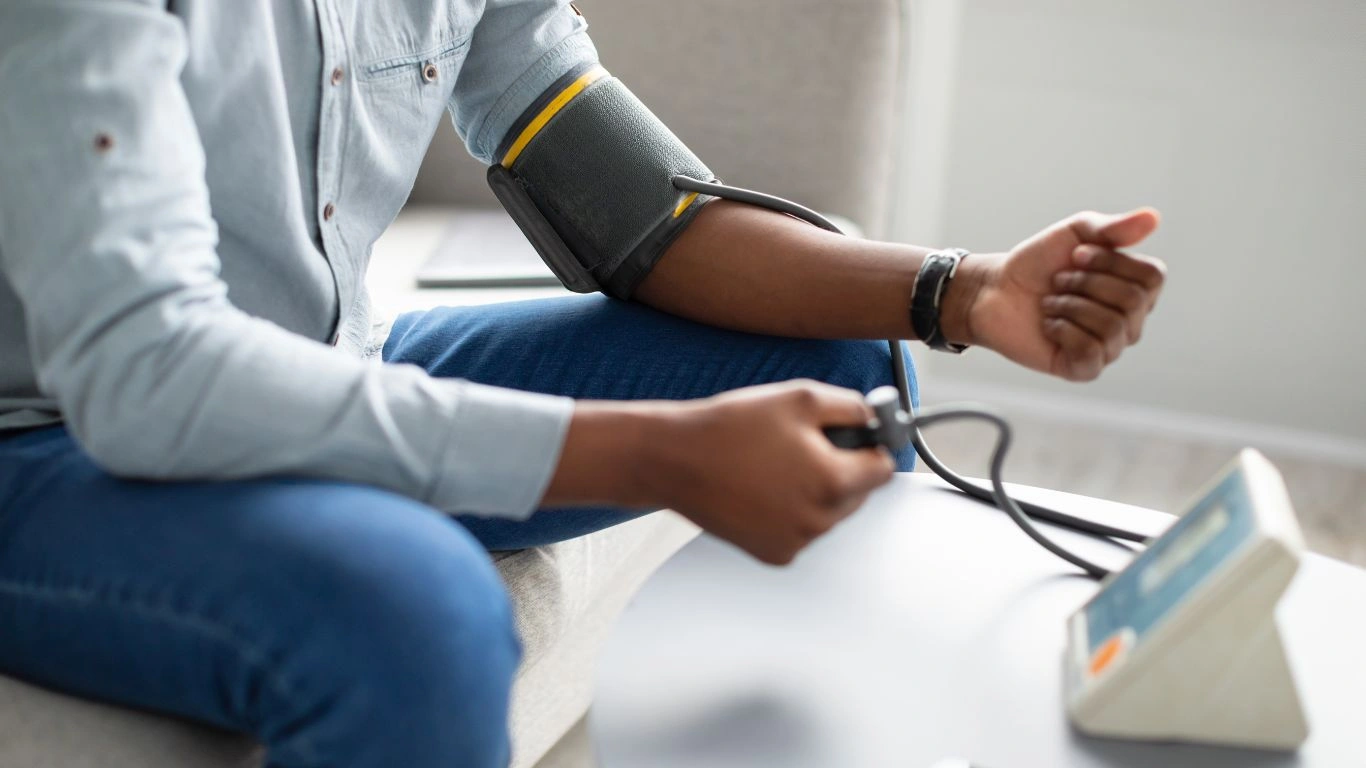
First off, sodium is essential for your body. It helps with fluid balance, nerve function, and muscle contraction. We need it! But, like everything else, too much of it is where the problems start. It’s easy to think that a little extra salt won’t hurt, but when that little extra turns into a daily habit, things can get dicey. Let’s break down some of the not-so-fun stuff that happens when you go overboard on sodium.
1. Hypertension (High Blood Pressure) 💥
Here’s the deal: sodium makes your body hold onto water. When your body retains too much water, it increases the volume of blood in your veins, which, you guessed it, raises blood pressure. And we all know that high blood pressure isn’t something you want to mess with. It’s a silent killer that puts you at risk for heart disease, strokes, and kidney damage. Fun, right?
2. Kidney Stress 🚨
Your kidneys are like the body’s filter. They help get rid of excess stuff (including sodium). But if you keep loading up on salt, your kidneys work overtime. Over time, this can lead to kidney stones and even reduced kidney function. No one wants to deal with kidney problems, especially in their twenties, but it’s one of those things that slowly creeps up.
3. Heart Health 💔
We all know heart disease is a major concern as we age, but did you know that the damage can start pretty early if you aren’t careful? A high-sodium diet can lead to increased blood pressure, and that puts extra strain on your heart. It might not show up immediately, but over the years, those extra salty meals can catch up to you. Yikes.
4. Weak Bones 🦴
Okay, this one surprised me when I first learned about it, but sodium can actually cause calcium to leave your body through urine. That means your bones are losing out on calcium, which is crucial for bone strength. And if you’re in your twenties or thirties, you want to keep those bones strong, especially if you’re into activities like running, hiking, or even lifting weights. You don’t want brittle bones before you hit 40, trust me.
Where’s All This Sodium Coming From?

So you might be thinking, “Okay, but where is all this sodium hiding in my diet?” It’s not always obvious, but trust me, it’s sneaky. I had no idea how much sodium was in my daily routine until I started reading labels more carefully. Here’s a quick rundown of the usual suspects:
1. Processed and Packaged Foods 🍔
Think of the stuff that comes in a box or bag. Chips, frozen dinners, canned soups, and those microwave meals you keep in your fridge for “emergency” meals. You might feel like you’re eating something quick and convenient, but it’s also loaded with sodium. A lot of those foods pack in a crazy amount of salt to preserve them, and most of us don’t even bat an eye.
2. Restaurant and Takeout Meals 🍽️
I know we all love ordering in, but restaurant food can be loaded with sodium. Even something that seems “healthy” might be swimming in salt. If you’re a fan of pizza or fast food, this is where you’re probably consuming most of your sodium. I had a habit of ordering pizza every Friday night and didn’t realize how much sodium I was eating. After switching to homemade versions, it was eye-opening.
3. Salty Snacks and Convenience Foods 🍪
Let’s be real—snacking is life, and we all grab for chips, pretzels, or crackers without thinking much about it. These little guys can add up in sodium, especially if you’re munching throughout the day. I know I’ve eaten an entire bag of chips before and didn’t even consider how much salt was in there. No judgment here, we’ve all been there.
Troubleshooting Common Issues with Sodium 🍴
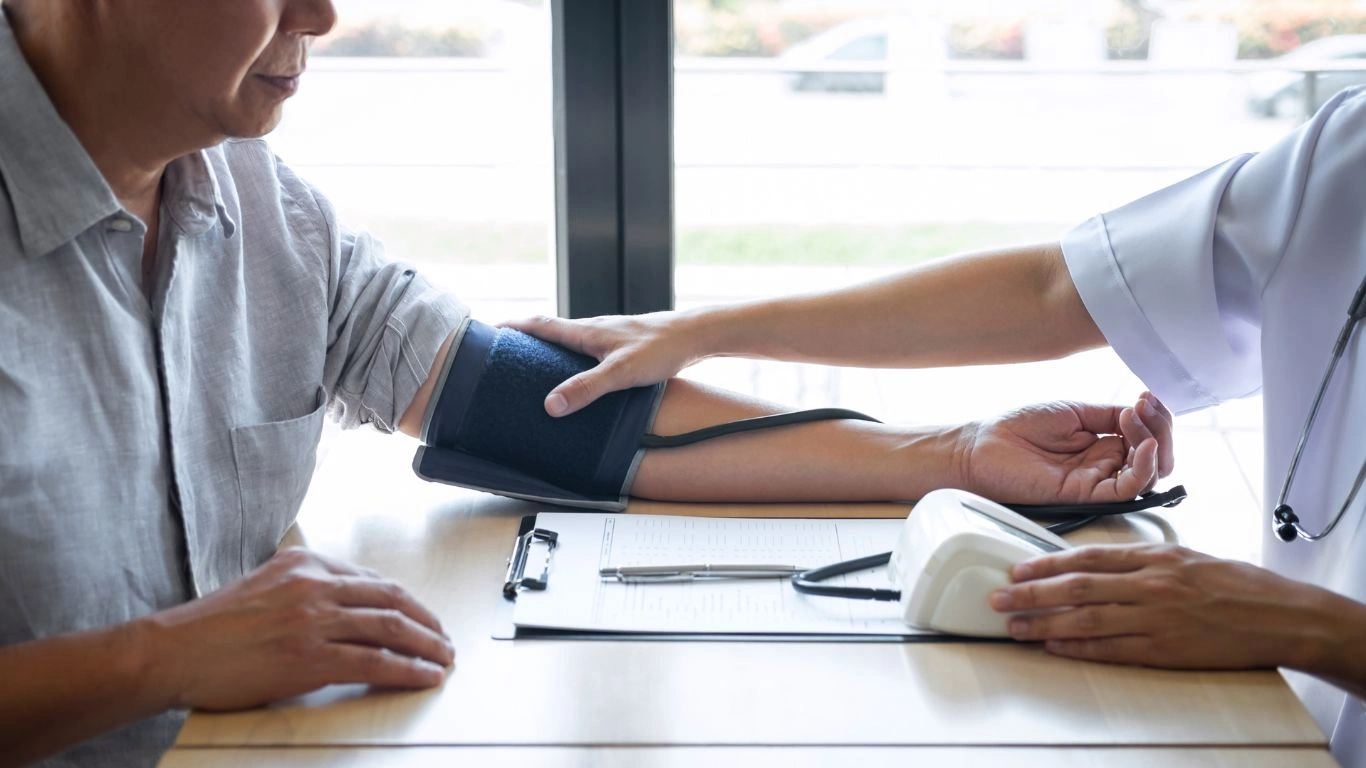
Let’s talk about how to make a change without completely overhauling your life. It can be tough, but it’s totally doable.
Issue 1: You Have No Idea Where the Sodium Is Coming From
A lot of us don’t realize just how much sodium is in the foods we eat regularly. Take frozen meals or canned soup, for example. I thought they were “convenient,” but once I started checking the labels, I was shocked at how much sodium was packed in there.
Fix: Start reading nutrition labels! A simple rule of thumb is to try and keep your sodium intake to under 2,300 mg per day, but aiming for 1,500 mg is even better. It’ll take some getting used to, but you’ll start recognizing those sneaky sodium bombs.
Issue 2: You Can’t Avoid Dining Out
Okay, so not every meal is going to be home-cooked, and that’s fine. But eating out every day? That’s where sodium overload happens.
Fix: When you go out, ask for dressings, sauces, and salt on the side. You can always add a little yourself, but you won’t have the entire dish overloaded with salt before you even taste it.
Issue 3: Cutting Sodium Feels Like Giving Up Flavor
I get it. Salt adds flavor. A lot of flavor. But it doesn’t mean you have to live in a flavorless world.
Fix: Get creative with spices and herbs! Garlic, cumin, oregano, and lemon juice can all work wonders without the sodium. You don’t have to give up flavor—just get a little adventurous in the kitchen!
Real-Life Success Stories 🌟

John’s Journey to Better Health 🏃♂️
John was always a big fan of fast food. He’d grab a burger or a burrito almost every day, not realizing how much sodium he was consuming. One day, his doctor told him his blood pressure was creeping up and he needed to cut back on salt. John didn’t go extreme, but he started making small changes—cooking at home, cutting back on fast food, and switching to lower-sodium options. After a few months, his blood pressure dropped, and he felt more energized. He even dropped a few pounds!

Dr. Gwenna Aazee is a board-certified Internal Medicine Physician with a special focus on hypertension management, chronic disease prevention, and patient education. With years of experience in both clinical practice and medical writing, she’s passionate about turning evidence-based medicine into accessible, actionable advice. Through her work at Healthusias.com, Dr. Aazee empowers readers to take charge of their health with confidence and clarity. Off the clock, she enjoys deep dives into nutrition research, long walks with her rescue pup, and simplifying medical jargon one article at a time.
